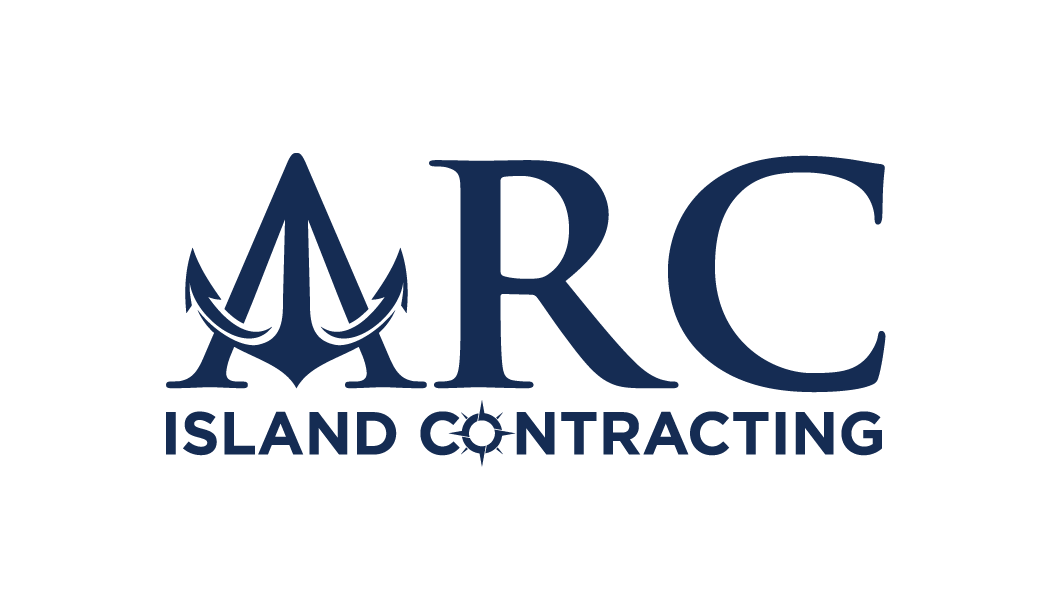Not Just Shingles! Important Roofing Features To Consider
When considering repairing or replacing a roof, there are many different roofing features to consider. It is easy to focus on the shingles that are main protective and aesthetic features of the roof; however, there are many other roofing features to consider as well.

Underlayment
A roof is supported by rafters and trusses at the top of the house. Sheathing is fastened onto the rafters to form the roof. Underlayment is placed between the sheathing and the shingles as a secondary layer of protection from moisture and the elements. In older homes, this layer is asphalt-saturated paper. Today more materials are available including rubberized asphalt, fiberglass, organic and synthetic materials. Builders that are interested in meeting environmental and energy conservation standards should carefully consider the underlayment material.
Gutters
These channels collect rain that runs off the roof and lead the water away from the building. If water gets near the foundation of the house, it can cause damage. It is important to keep gutters and downspouts in good repair to prevent this. Debris can build up in the gutters making regular cleaning important. It is possible to install gutter guards to keep any debris out of the gutter. This reduces the need for ongoing maintenance but increases the initial costs of the gutters.
Many gutters are made from galvanized steel, but this material can rust through and will need to be replaced. Aluminum is a popular choice because it never rusts. Vinyl gutters are inexpensive and easy to work with. They become brittle with age. Gutters are sold in sections or in a continuous seamless rolls. If sectional gutters are used, there can be leakage at the seams. Seamless gutters will not leak but require a contractor to install them.
Soffits
The soffit is the material that connects the roof overhang with the side of the building. It covers the eaves and protects the rafters from mold and moisture. Soffits need to be vented to circulate air through the attic. Without proper ventilation, the attic can overheat and damage the structure of the building. Ventilated material can be used for the soffits or vents can be installed. Aluminum and vinyl are the most common materials for soffits. A variety of colors and designs can be selected so that the soffit can add aesthetic value to building design.
Fascia
This is a flat board that is located at the outer edge of the roof. It supports the bottom row of tiles and carries the weight of the gutter. The fascia and soffits need to be regularly inspected for water damage. Insects and other animals can find weak spots and make nests in these spaces. Home owners will want to make sure that gutters stay clean and the fascia is not rotting.
Flashing
This material is installed around joints and valleys to prevent water from seeping through the roof. Flashing is used around dormers, skylights, vents and chimneys. It is usually made from aluminum or galvanized steel. It is installed under the shingles with the underlayment.
Trim
The outermost layer of protection for a roof is the trim. It is placed over joints to seal them so moisture does not seep in. The trim also accents the overall design aesthetics of the building.
A roof is more than just the shingles. It is a complicated system of support, protection and aesthetics. There many interlocking roofing features that need to be considered when replacing or repairing a roof. Not sure where to start? The contractors at ARC are knowledgeable and can help you pick materials that fit your home and your style.
